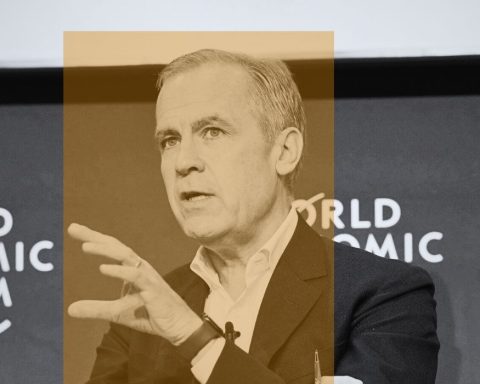There’s an old joke about a chemist, a physicist and an economist trapped on an island with just one unopened can of food. The chemist suggests putting the can in the fire until it explodes, while the physicist suggests dropping it from a tree. “Those would waste food,” says the economist, “so here’s the solution: let’s assume we have a can opener.”
The joke is a good reminder of the limitations of the climate-scenario exercise about to be conducted by Canada’s financial regulator, the Office of the Superintendent of Financial Institutions (OSFI). All federally regulated financial institutions, including banks and insurance companies, will be required to participate during 2024 in an echo of a pilot project conducted with similar methodology last year with a handful of financial institutions volunteering.
Scenario analysis is a structured way of asking “What if?” based on possible versions of the future so that risks can be assessed and managed. In the climate context, possible future scenarios centre on physical risk, transition risk or both. Physical risk is the tangible impacts of climate change, like fires and flooding, while transition risk is the impact that climate policy has on the economy, technology and consumer demand.
The good news is that OSFI’s exercise will help to bolster acceptance of climate risk within Canadian financial institutions as a counterbalance to the sector’s prevailing focus on short-term profit. Last year’s pilot project arrived at some remarkable conclusions about the potential loss of value of carbon-intensive assets like oil and gas and the significant rise in the probability of debt default in those companies. Canada has a polluting, high-carbon economy, so it’s no surprise that the economic institutions that finance and facilitate these sectors face high transition risk.
The bad news is that to run the exercise, OSFI is assuming a can opener. In part, this is inevitable since all scenario analysis will assume away large amounts of complexity to have a workable model. As the analysts say, “All scenarios are wrong, but some are useful.” The question is whether the particular assumptions OSFI is making in its exercise lead to a result that enlightens more than it obscures.
One major choice OSFI is making is to essentially ignore physical risk. While its model assesses real-estate exposure to physical risk, it doesn’t actually assign a financial cost to that exposure. In other words, this means that climate change itself is assumed away. Only the implications of economic policy response will be factored into the possible future impacts on asset prices and credit risk.
This effectively bypasses the raging debate in the climate-scenario community about the pace and scale of climate impacts on the economy. Mainstream economists have generally pegged these impacts as relatively small and manageable, ignoring both the litany of climate catastrophes – this year was the worst on record for billion-dollar climate disasters in the U.S. alone – and the increasingly dire findings of climate scientists. Should the world breach climate tipping points or experience so-called second-order impacts such as mass migration or wars, the impact on the economy could be catastrophic.
That’s a lot to leave out and strains the plausibility of the model on its face. Dig deeper, and we see that physical risk also affects the assumptions that go into a pure transition risk model, such as macroeconomic factors like growth, or sector-specific pathways like for agriculture, which will be significantly affected by floods and drought, or for the power sector hit by water availability.
Moreover, OSFI’s transition scenarios are bloodless narratives that don’t sound much like the real world. For example, one says we keep current policies constant, while another says we reach compliance with under 2°C of warming after initial foot-dragging. But none talks about the whiplash of policy that we see because of things like the war in Ukraine or conservative politicians resisting change. The International Monetary Fund just published a paper analyzing how the “polycrisis” – the simultaneous experience of multiple global disruptions like inflation and armed conflict – challenges transition scenarios. Overall, transition scenarios need to place more emphasis on extreme volatility and explore how that will affect financial institutions.
OSFI is accepting feedback on its proposed exercise until December 22. We’ll never have perfect climate scenarios, and odds are OSFI will press ahead with the model it has proposed without much revision. It’s important to keep its limitations front and centre and to keep asking about what it includes, and what it doesn’t.
Ultimately, though, we need to ask what the climate-scenario exercise will actually accomplish. OSFI seems to believe that better information will mitigate climate risk. It won’t by itself. While the exercise can be useful, the history of financial crises shows that the financial sector won’t properly manage risk unless it is regulated to do so. OSFI has stronger tools than climate-scenario analysis in its toolbox once that realization hits home. The safety and soundness of the financial system in the face of climate change depends on their use.
Matt Price is executive director of Investors for Paris Compliance, a shareholder advocacy organization holding Canadian companies accountable to their net-zero commitments.







